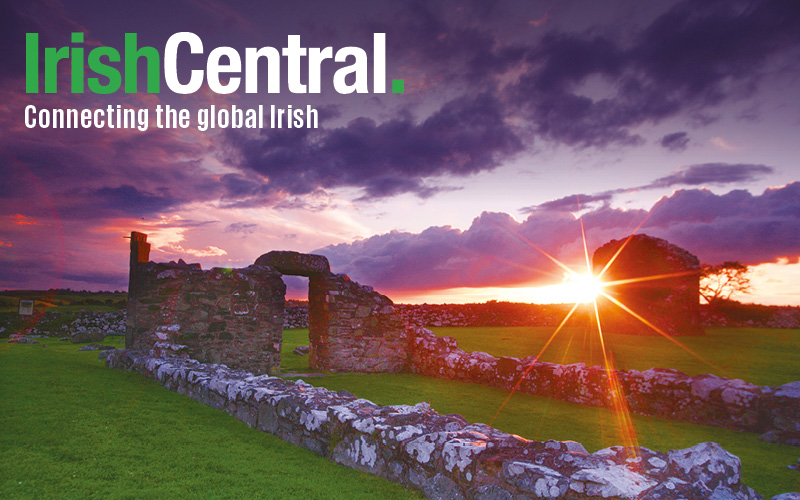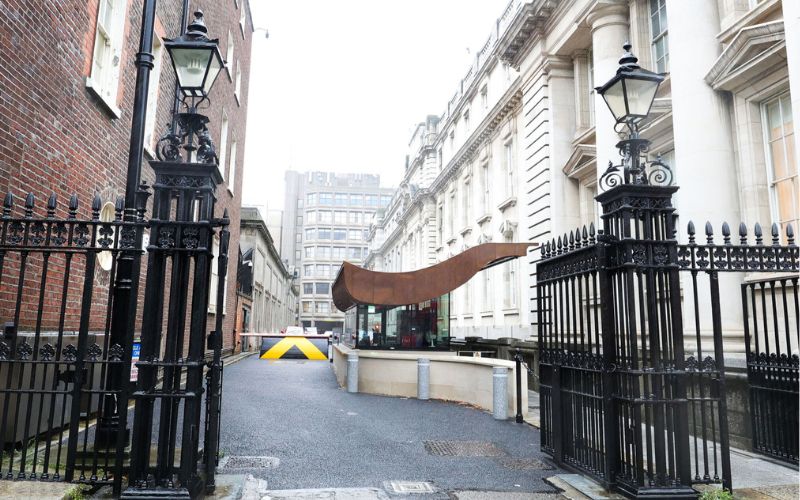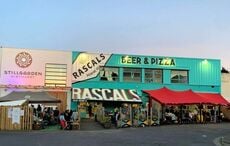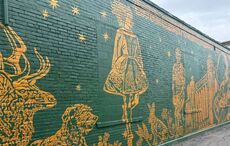Synthetic Irish bars may be thriving around the world, but in Ireland the real thing is in danger of extinction.
One of the best-loved rural pubs has long been The Old Mill Bar and Restaurant, a picturesque ivy-clad tavern with red-washed walls and vintage tobacco signs. It is situated in the center of O’Briensbridge, a one-street village on the banks of the River Shannon in County Clare.
This delightful two-centuries-old roadhouse was judged the Best Country Pub in Ireland in the Licensing World Bar Awards of 2008. Business was booming then, and it employed 20 people.
But when I went there for lunch last week, hoping to enjoy a bite and talk to the owner about the fate of Irish pubs, I found it closed.
Above the door was a large sign with the words “FOR SALE” and the telephone number of an auctioneer.
I tried the two other listed pubs in the village (population 213): Ryan Darby’s and Betty Boner’s. Ryan Darby’s was closed until evening time and the doors were locked. So too was Bonner’s, a quaint old-style country pub which doubles as a grocery store.
Local Margaret Keogh was, however, tending Bonner’s tiny shop counter.
“The daytime trade has gone,” she lamented. “The older people who would come in during the afternoon and sit over a pint of Guinness have all died, and the younger people don’t drink during the day. They haven’t the money.”
Besides, she said, alcohol is sold so cheaply in the supermarkets these days that people are drinking more at home.
What is happening in O’Briensbridge is symptomatic of the fate of one of Ireland’s main tourist attractions, the quaint pub with local characters, like Pat Cohan’s bar in Cong, County Mayo. It was made famous by the film “The Quiet Man” starring John Wayne, though that interior was constructed on a movie set in Hollywood.
In addition to The Old Mill, thirty pubs closed in County Clare in the last year, according to reporter Dan Danaher of the Clare Champion newspaper. By comparison, only six drink licenses were lost in the previous two years.
Danaher blames cheap supermarket prices for alcohol, a fall in disposable income and a changing culture.
“You can go to the supermarket and get 20 bottles of Budweiser for 15 euro [$20.50] but in the pub you would pay 4 euro [$5.50] for one bottle,” he explained. “Also people are becoming more independent, they are looking for different things. It’s unusual to see people in a pub in the afternoon, though they will go to see matches on television.”
The decline started with a smoking ban in 2004, followed by stricter drunk driving laws [2]. More recently, unemployment, renewed emigration [3] and an increase in taxes [4] because of the financial crisis have hampered pub business.
Things will only get worse. All Irish workers, starting this month, have to surrender up to 10 percent of their wages to fund Ireland’s international bailout [5].
Dan Danaher was in The Old Mill Bar on the night it closed, Nov. 5, 2010. By then the staff had dwindled to five as trade had fallen off. He said that as a few people shed tears that night, owner Kathleen Sciascia said, “People can’t afford to go out and eat and drink as much as before. If we kept going it would have got worse.”
Village community chairman Mick Murtagh described it as the end of an era.
“The survival of villages like O’Briensbridge is a big issue,” he warned.
“People are bypassing local shops to buy cheaper goods in large supermarkets in Limerick. It’s something that we are all guilty of.”
In the city of Limerick 9 miles to the south, Gordon Kearney, director of Rooney auctioneers, which is handling the sale of The Old Mill, agreed that in all pubs “trade has diminished somewhat.”
The firm once handled the sale of 20-30 pubs a year, he said, but sold only three last year, partly because the banks are not making loans to prospective buyers.
In the traditional Irish pub, one could find farmers nursing a pint of Guinness at the bar while discussing sports and the weather, and young people in wood-paneled booths enjoying craic, or good conversation, over glasses of beer.
The loss of the traditional low-key pub now threatens Irish identity, writes American author Bill Barich in his 2010 book, “A Pint of Plain.”
Now a resident of Ireland, Barich complains that many pubs are lifeless museum pieces or sports bars broadcasting television commentary all day.
While the number of bar licenses in the Republic of Ireland has fallen from 8,922 to 7,616 since 2005, the Irish are not drinking less, according to the Drinks Industry Group of Ireland. Sales of alcohol increased by 6 percent in the first half of last year but sales over the bar counter fell by 15 percent.
Below-cost selling by supermarkets is chiefly to blame, said Gerry Mellett, president of the Vintners Federation of Ireland in the Irish Times.
“It is no exaggeration,” he said, “to say that the closure of rural pubs in particular is having a devastating effect on the fabric of life in rural Ireland.”
Anyone who visits O’Briensbridge today will see that he is not exaggerating.
*This article first appeared in Globalpost.com




Comments